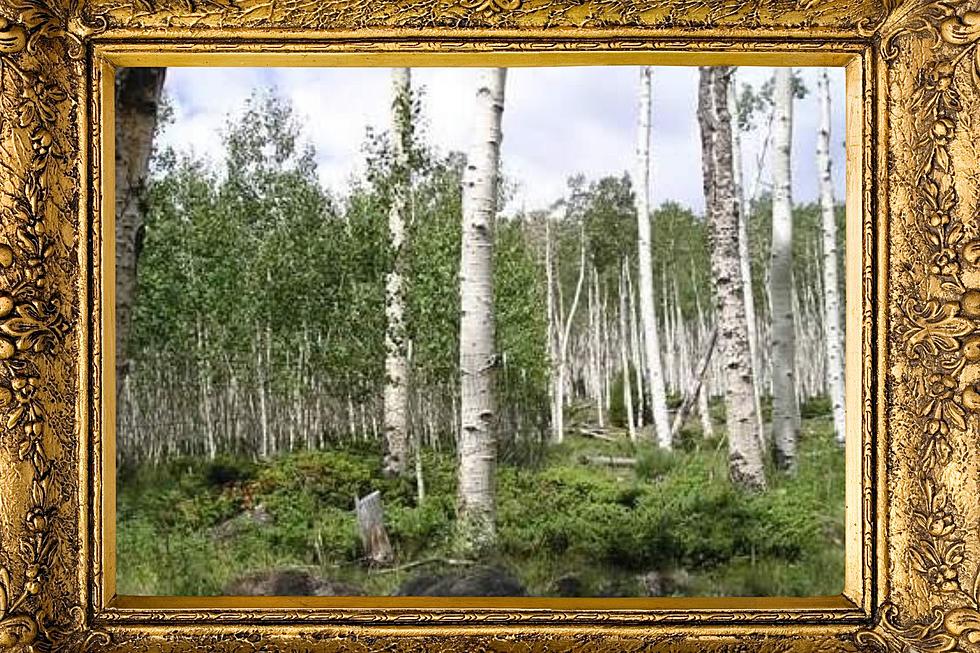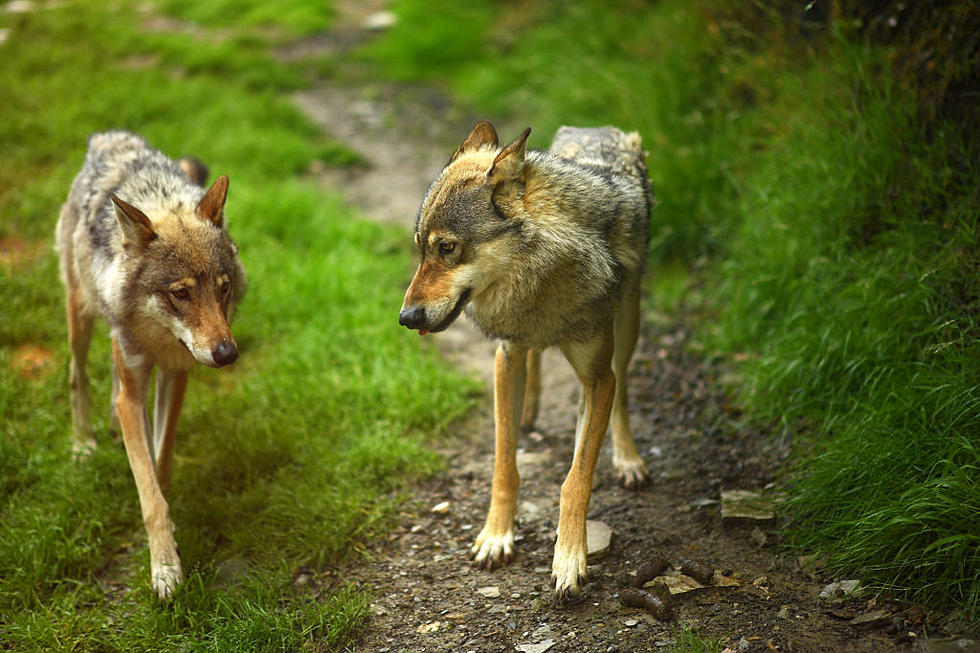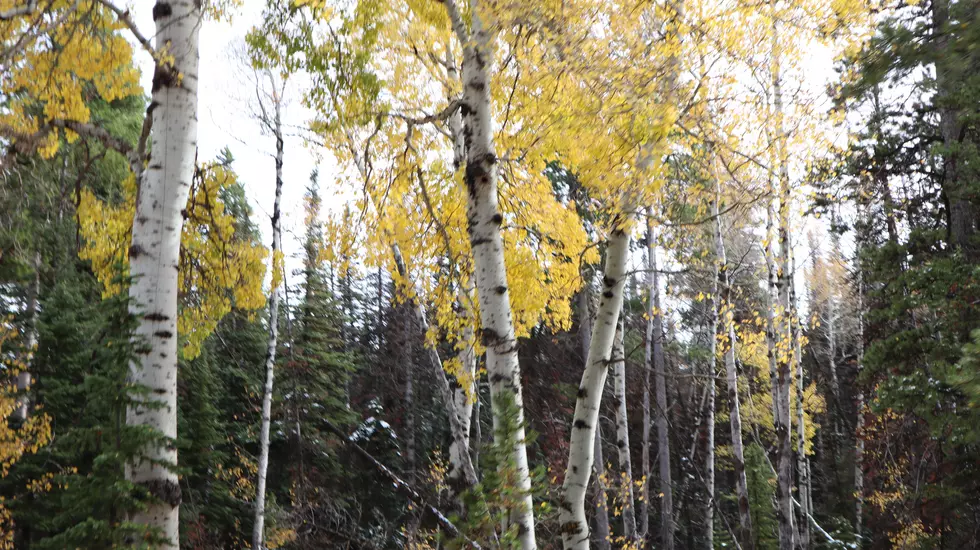
Wyoming’s Aspens Are One Big Genetically Identical Family
Aspen trees are proof that life is indeed, all connected. Aspen trees are really connected. In fact, they’re contenders for the largest organism on earth (Honey Fungus is technically first, but aspens have more total mass).
The National Forest Foundation describes how a group of aspen trees is considered a singular organism because of their interconnected root system. “In a single stand, each tree is a genetic replicate of the other, hence the name a “clone” of aspens used to describe a stand.”
The one big genetically identical family can get quite large, too. The “Pando” clone in southern Utah is known as the “Trembling Giant” according to the US Forest Service. It is believed to have one massive root system and is a “clonal colony of an individual male quaking aspen determined to be a single living organism by identical genetic markers. It is over 100 acres in size and weighs more than 14 million pounds. That is more than 40 times the weight of the largest animal, a blue whale. It has been aged at 80,000 years, although 5-10,000-year-old clones are more common.”*
They provide some of Wyoming’s best fall foliage, and some neat stand-alone leafy forests amidst our trails of rock and pines. Despite how prolific they may seem, though; they’re quite picky about their growing circumstances.

“Before a single aspen trunk appears above the surface, the root system may lie dormant for many years until the conditions are just right, including sufficient sunlight,” according to the NFF.
The USFS says the trees grow where sunshine is plentiful and soil is moist, which seems at odds with our dry Wyoming climate. But what Wyoming does offer the aspen is after-fire soil.
“It readily colonizes burned areas and can persist even when subjected to frequent fires. In the Central Rocky Mountains, the extensive stands of aspen are usually attributed to repeated wildfires. It may dominate a site until replaced by less fire-enduring but more shade-tolerant conifers,” (USFS).
Though clones can live for ages, individual trees don’t live as long as other trees, often being overtaken by conifers or shrubbery when their desired conditions are disrupted. However, their death spurs new growth and further habitat food, and shelter.
Get outside soon, listen to the aspens “quake” thanks to their shapely leaves, and appreciate the interconnectedness of life while you also enjoy Wyoming’s gateway to fall foliage.
*Re: Pando: According to USFS: Unfortunately, a study done in 2018 concludes that Pando has not been growing for the past 30 to 40 years. Human interference was named as the primary cause, with the study specifically citing people allowing cattle and deer populations to thrive, their grazing resulting in fewer saplings and dying trees.
Wyoming Wildfires
More From My Country 95.5





![Fighting The Lava Mountain Fire In Northwest Wyoming [VIDEO,GALLERY]](http://townsquare.media/site/102/files/2016/07/2Dip-Bucket.jpg?w=980&q=75)



